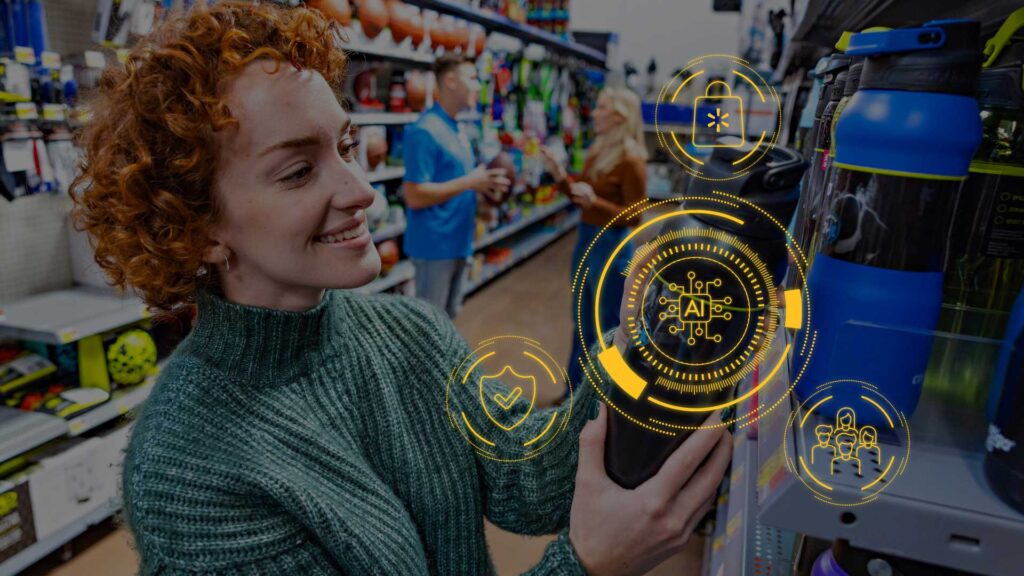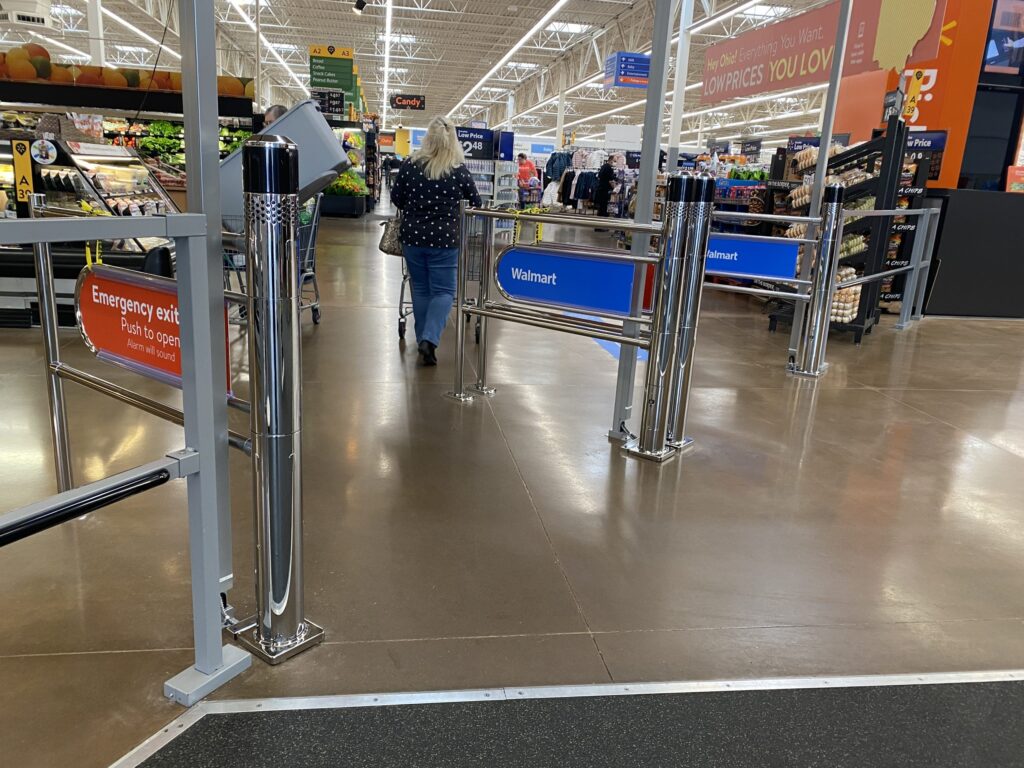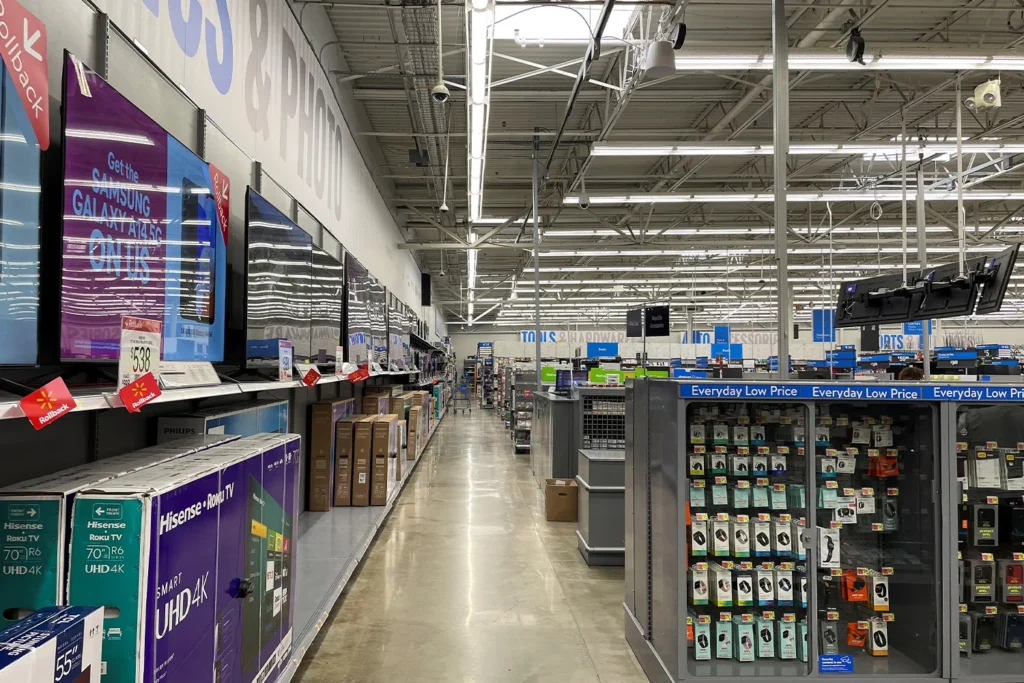It’s a common sight in today’s big-box stores to find high-end electronics or luxury goods behind lock and key security. However, the scenario takes a perplexing turn when items as modestly priced as a $1.50 nail file are kept under strict security. This unexpected practice was highlighted by a Las Vegas cosmetologist known on TikTok as @victoriadamor. In a viral post, she shared her astonishment upon encountering locked cabinets in Walmart’s cosmetics aisle, dramatically underscoring a policy shift towards increased security measures at major retailers.

Understanding the “Why” Behind Locked-Up Low-Cost Items
Recent reports indicate a significant uptick in the number of everyday products being secured in glass cases at stores like Walmart and Target. The reason? A sharp rise in theft incidents. According to the National Retail Federation (NRF), theft accounts for an average of 65% of a retailer’s losses, a phenomenon known as “shrinkage.” In 2022, shrinkage led to an estimated $112.1 billion in losses for U.S. retailers, slightly up from the previous year.
Walmart CEO Doug McMillon has voiced concerns, suggesting that certain U.S. jurisdictions need to take stronger measures to curb these thefts, which not only affect the bottom line but also pose safety risks to employees. Indeed, the NRF highlighted that 88% of retailers reported more aggressive behavior from shoplifters in 2022, with violent theft incidents on the rise.

The Consumer Consequence: From Frustration to Shifts in Shopping Behavior
The repercussions of these security measures extend directly to consumers, who face new hurdles in their shopping experience. As items as commonplace as underwear are locked away, customers often find themselves needing to seek out assistance simply to access basic necessities. Victoria’s experience at Walmart, where an employee visibly inconvenienced by her request to unlock a cabinet, illustrates the growing customer dissatisfaction. This frustration is echoed in community feedback, with many shoppers expressing their annoyance online, some even resorting to exclusive use of online shopping to avoid these inconveniences.

The effect on brick and mortar stores is tangible. Increased security measures, while necessary from a loss prevention perspective, may inadvertently accelerate the shift towards online retail, potentially leading to further declines in physical retail jobs. This trend is already evident in areas like New York City, where retail employment remains below pre-pandemic levels, as reported by the Center for an Urban Future.
Looking Ahead: Navigating Retail Security and Customer Satisfaction
As retailers grapple with balancing loss prevention and customer experience, the question remains on how best to address both without compromising one for the other. As this trend continues to evolve, both retailers and consumers will need to adapt to a changing landscape where security concerns are increasingly dictating shopping norms and practices.









